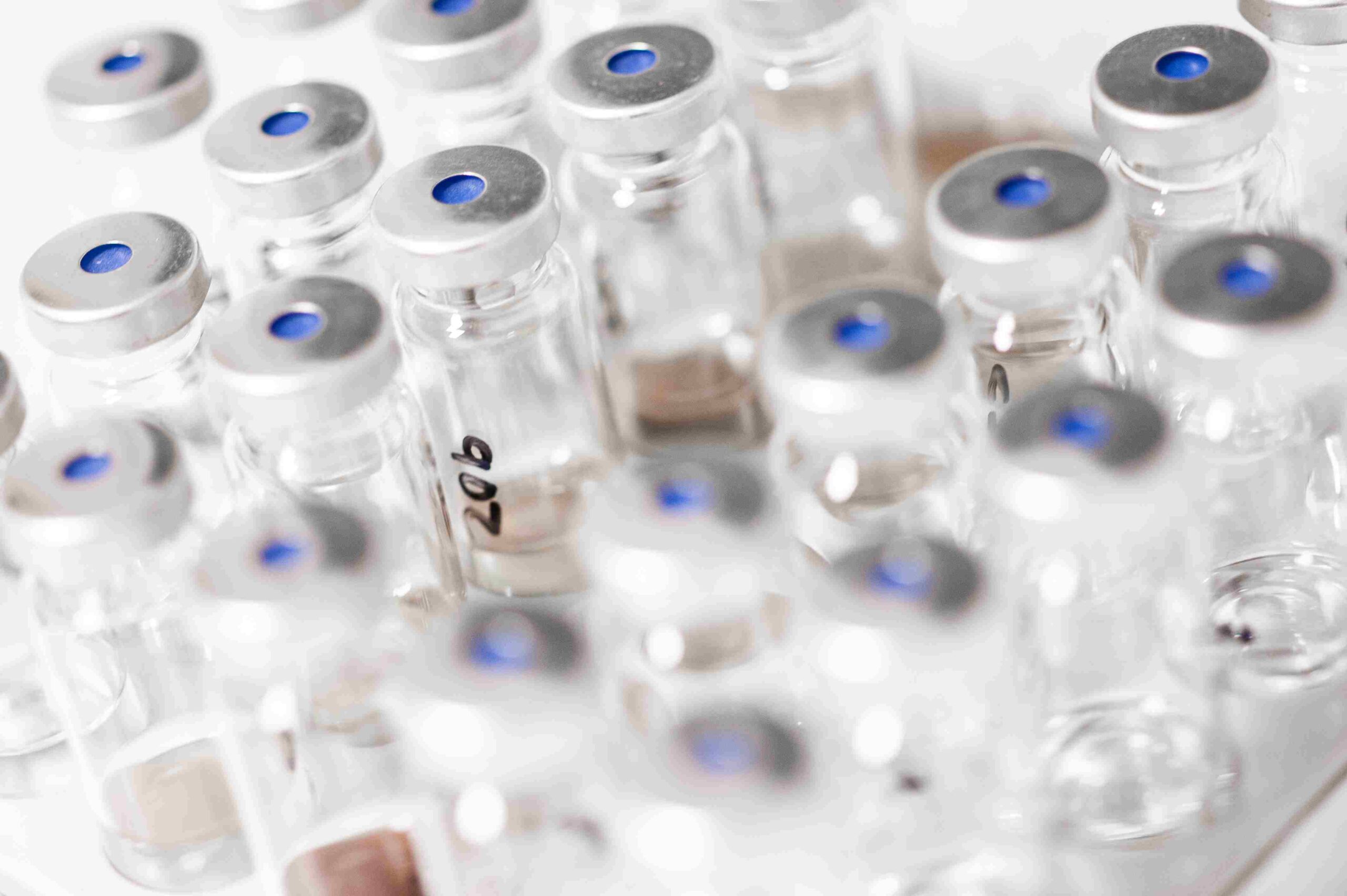Per- & Poly-fluoroalkyl chemicals
Per- & Poly-fluoroalkyl (PFAS) are part of a family of synthetic chemicals in the form of long chain compounds, such as Perfluorooctanoic acid (PFOA) and Perfluorooctane sulfanate (PFOS). Popularly known as ‘forever chemicals’, PFAS are chemically resistant to change, which makes them very difficult to break down. These substances have been used since the 1940s in a variety of consumer products and facilities. Currently, there exists over 4,700 of these fluorine-based compounds in our midst. The compounds are environmentally persistent, mobile and toxic, and are known to impact drinking water.
Ubiquitous in nature with excellent surface-active surfaces, PFAS is present in numerous industrial applications. Some of the industries where PFAS has been identified and found to be prevalent include:
- Chemical manufacturers
- Airports
- Paper and packaging
- Defence establishments
- Textiles and fabrics
- Tyre manufacturers
- Electronics
- Aqueous Film Forming Foam (AFFF)


